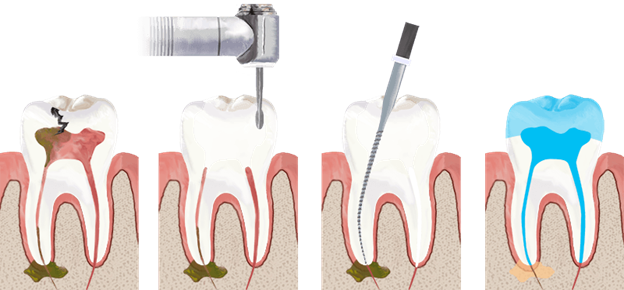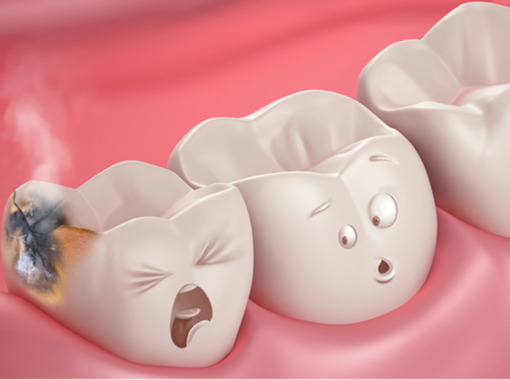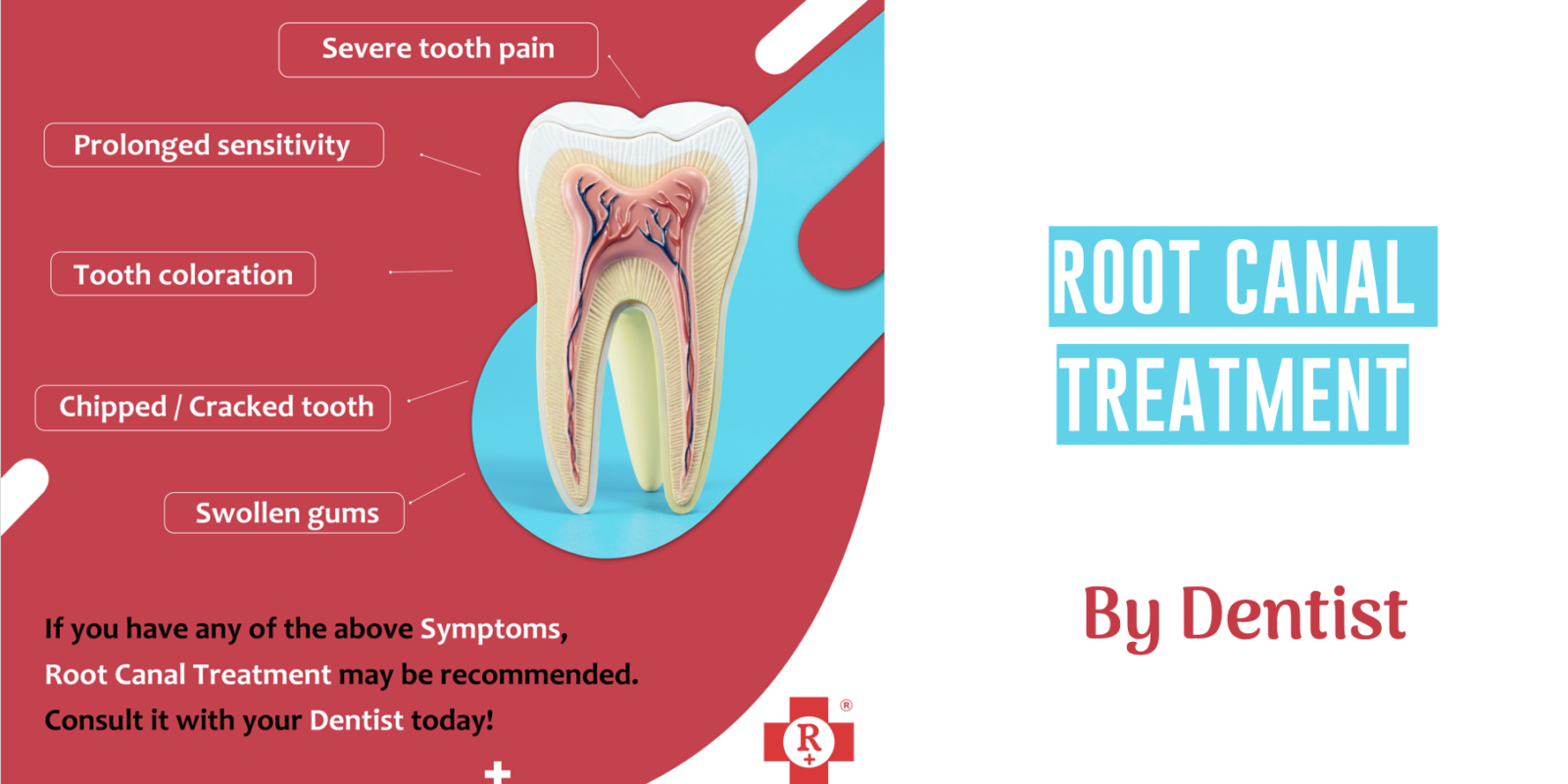Dental caries is a progressive disease that continues to develop beneath the tooth surface unless it is addressed and resolved. If left untreated, decay can extend into the root canal system and beyond. This article focuses on root canal treatment success rates, also known as the success ratio or failure rate. This measures how often a specific procedure achieves its intended outcome. Failure may take different forms such as recurrence of infection rather than complete eradication or failure to access the affected area. Treatment failure is more likely in cases where the diagnosis is delayed, access to an infection source is difficult, or techniques are outdated. The following sections explain what you should know about root canal treatment along with some helpful tips on how to proceed in case you need this procedure one day.
According to the most credible academic studies, an endodontics success rate of 89% to 94% should be expected from conventional root-canal therapy. Only about five percent of root canals actually fail, and sometimes it is not actually a “failure.” In cases, of teeth that have more than one root, it is possible that only one root was infected and filled.
What is a root canal?
A root canal is a procedure that removes the nerve and bacteria-containing pulp from inside the root of a tooth. This is done to fix an infected or decayed tooth. Infections inside the tooth can be caused by bacteria entering through a cavity and growing inside the pulp of the tooth.

A root canal procedure is done to clean the inside of the tooth and remove the infected pulp. The pulp of a tooth is made up of blood vessels and live nerve tissue. This tissue is what causes pain when a tooth is infected or decayed. If the pulp is not removed, the infection will spread inside the tooth and eventually lead to the death of the tooth.
Why is root canal treatment needed?
Root canal treatment is usually needed when a tooth becomes infected. Infections are often caused by tooth decay, deep dental procedures, or trauma to the mouth. Infected teeth usually don’t hurt. Instead, the infection may cause a toothache, swelling, bad breath, swelling in the gums, or pus coming out of the tooth.
If you have one or more affected teeth, you should visit the dentist as soon as possible. Left untreated, an infected tooth can cause serious health problems. A tooth that has been decayed or infected may need to be removed. Your dentist might recommend root canal treatment to save the tooth.
What happens during root canal treatment?
Root canal treatment is a common procedure that’s used to treat a diseased or injured tooth. If a tooth has become infected or decayed to the point where it is beyond saving, then a root canal is recommended. A dentist or oral surgeon (depending on where the tooth is located) will then remove the damaged pulp and fill the root canal with a special material to stop the infection from spreading.

Root canal treatment may sound scary, but modern dentists have perfected the procedure so that it is both highly effective and relatively pain-free. First, your dentist will administer a local anesthetic and numb the area to minimize pain. The tooth will then be thoroughly cleaned, and the pulp removed. Finally, the root canal will be cleaned, filled with a special material, and sealed off with a filling or dental crown.
The success ratio of root canal treatment
Root canal treatment is intended to be permanent. Success is likely if it is carried out by a qualified professional. Before recommending root canal treatment, clinicians need to confirm the diagnosis of infection and assess the extent of the damage. This helps them to determine how best to proceed with the treatment. Treatment success is usually determined by the absence of symptoms. However, there are different methods to measure success.

The rate of success for root canal treatment is about 98%. This means that about 98 out of 100 people who undergo this procedure are successfully treated. Success is more likely if the treatment is carried out early before the infection spreads. The success ratio is also higher if the procedure is done with modern techniques by a clinician who is well-trained in this procedure.
Limitations of root canals and alternative treatments
If the diagnosis is correct, then root canal treatment is nearly always successful. However, there are some limitations to root canal treatment. Success is more likely in non-aggressive lesions. Less fortunate are individuals with complicated or aggressive lesions. Root canal treatment is not always possible in cases of advanced infection. This is especially true with teeth that have had multiple root canals.
There are also no guarantees when it comes to chronic infections. These types of infections are often challenging to treat because the bacteria are highly resistant and difficult to eliminate. Root canal therapy has a lower success ratio in teeth that experience recurrent episodes of apical periodontitis, teeth with a thin periodontal ligament, teeth with a high percentage of secondary deposits, teeth with fractures, and teeth with periapical bone sclerosis.
Conclusion
Root canal treatment is a common dental procedure. It is recommended for teeth that have been infected or decayed to the point of needing to be removed. During this procedure, the dentist will remove the infected pulp from inside the tooth, clean the root canal, and then fill it with a special material. While root canal treatment is generally considered effective, it is necessary to be aware of some of its limitations. The success ratio is higher in non-aggressive lesions, when the procedure is done early, and when the procedure is done with modern techniques.






